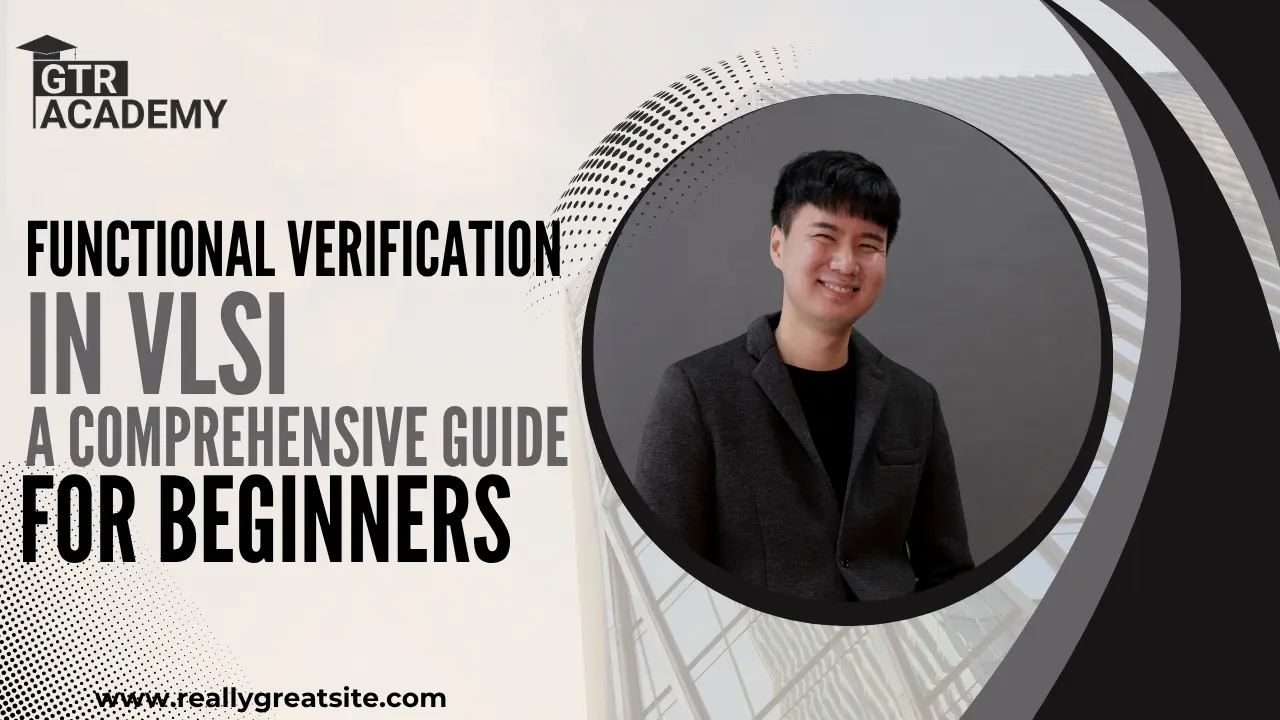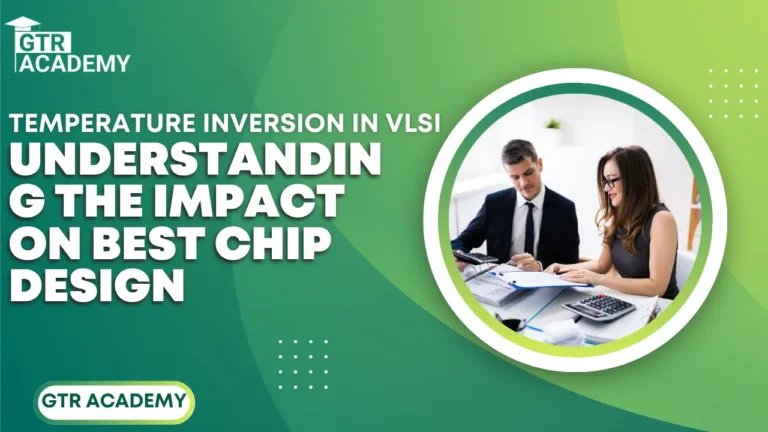Functional Verification in VLSI, 2025: A Comprehensive Guide for Beginners
In the ever-evolving world of semiconductor design, functional verification in VLSI has become an indispensable step in the design and development of complex integrated circuits (ICs). As we move through 2025, the demand for accurate, fast, and scalable verification methods continues to grow, especially with the increasing complexity of System-on-Chip (SoC) designs. For those stepping into the world of Very Large Scale Integration (VLSI), understanding functional verification is critical to ensuring a successful and error-free product.
This blog post provides a 100% human-written, plagiarism-free, and easy-to-understand overview of functional verification in VLSI, covering essential tools, techniques, and trends relevant in 2025. If you’re an aspiring functional verification engineer or someone looking for career guidance in design verification in VLSI jobs, this guide is for you.

What is Functional Verification in VLSI?
Functional verification in VLSI refers to the process of checking whether the logic design of a digital circuit behaves according to its intended specification. Before a chip is manufactured, engineers must verify that its logic is functioning correctly under all possible scenarios. This is especially important because manufacturing errors are costly and often irreversible.
Unlike physical verification which checks for layout and fabrication issues, functional verification focuses on logic behavior. In 2025, with shrinking transistor sizes and soaring design complexities, this step has become even more critical.
Importance of Functional Verification in 2025
The growing demand for smart devices, AI processors, and high-speed communication systems has significantly increased the complexity of VLSI designs. This makes functional verification in VLSI more important than ever.
Here’s why it’s crucial:
-
Cost Reduction: Catching design bugs early avoids costly re-fabrication.
-
Time-to-Market: Efficient verification reduces delays in product launches.
-
Design Integrity: Ensures the final chip meets all functional and performance requirements.
By mastering functional verification in Verilog and other hardware description languages, engineers can significantly improve the reliability of semiconductor products.
Functional Verification in Verilog: The Backbone Language
Verilog remains one of the most widely used languages for functional verification in VLSI. In 2025, its relevance continues due to its integration with various verification environments and its capability to simulate complex behavior quickly.
Aspiring functional verification engineers should become proficient in writing Verilog testbenches, assertions, and simulations. Understanding the difference between functional verification vs formal verification in VLSI is also key. While functional (simulation-based) verification tests a set of input conditions, formal verification uses mathematical proofs to verify properties of the design.
Functional Verification vs Formal Verification in VLSI
Many beginners confuse functional verification with formal verification. Here’s the distinction:
-
Functional Verification involves simulating the design with a variety of input vectors to check for correct behavior.
-
Formal Verification uses mathematical techniques to prove the correctness of certain properties in the design, without simulation.
In 2025, both approaches are often used in conjunction to cover more ground in verification. Tools like Cadence JasperGold and Synopsys VC Formal are increasingly used to complement traditional simulation-based environments.
Functional Verification Tools You Should Know in 2025
The field of functional verification in VLSI relies heavily on advanced tools to speed up the process and improve accuracy. Discover the leading tools of 2025:
-
Synopsys VCS: High-performance simulation tool.
-
Cadence Xcelium: Widely used for both simulation and coverage analysis.
-
Mentor Graphics Questa: Strong for SystemVerilog-based verification.
-
UVM (Universal Verification Methodology): A must-learn for writing reusable and scalable testbenches.
These tools help automate simulation, coverage analysis, assertion checks, and more, making the role of a functional verification engineer more efficient and effective.
Functional Verification Templates: Word and PDF Formats
Beginners often search for functional verification in VLSI template Word or functional verification in VLSI template PDF to understand the documentation standards in the industry. These templates usually include the test plan, testbench architecture, coverage metrics, and bug-tracking sheets.
You can find such templates and learning materials through professional training platforms like GTR Academy, which provides structured guidance and hands-on labs for aspiring VLSI engineers.
How to Become a Functional Verification Engineer in 2025
To become a successful functional verification engineer, one must develop a blend of theoretical knowledge and hands-on skills. Here’s a roadmap:
-
Learn HDL Languages: Master Verilog and SystemVerilog.
-
Understand Digital Design: Know combinational and sequential logic, FSMs, and SoC architecture.
-
Get Trained in Verification Methodologies: Learn UVM and functional coverage.
-
Use Industry Tools: Gain hands-on experience with Synopsys, Cadence, and Mentor tools.
-
Enroll in Verified Courses: Institutes like GTR Academy offer project-based learning tailored for VLSI careers.
In 2025, many entry-level design verification in VLSI jobs require knowledge of functional simulation, constrained random testing, assertions, and code coverage.
Career Opportunities in Functional Verification
As chip design complexity increases, so does the demand for skilled functional verification engineers. Some key job roles include:
-
Verification Engineer
-
ASIC Design and Verification Engineer
-
UVM Testbench Developer
-
RTL Design and Verification Specialist
Functional verification engineers in both India and the US can expect competitive salaries. Companies often seek candidates with immediate, industry-relevant skills, particularly those who have completed training from platforms like GTR Academy.
Recommended Functional Verification Books
To deepen your understanding, here are some essential functional verification books:
-
SystemVerilog for Verification by Chris Spear
-
Writing Testbenches Using SystemVerilog by Janick Bergeron
-
Principles of Functional Verification by Andreas Meyer
These books are widely used in academia and industry, particularly for establishing a solid foundation in functional verification for VLSI.
Final Thoughts
As we progress through 2025, functional verification in VLSI is no longer just a checkpoint—it’s a cornerstone of semiconductor success. With increasing chip complexity, mastering functional verification is not optional but essential. Whether you’re a student, fresher, or working professional, building your skills in this area opens the door to a rewarding career in the VLSI industry.
Institutes like GTR Academy play a pivotal role in shaping industry-ready engineers by offering real-world projects, mentorship, and training on advanced verification tools. If you’re serious about becoming a functional verification engineer, now is the time to take action and get trained with the right resources









Really appreciate your vision